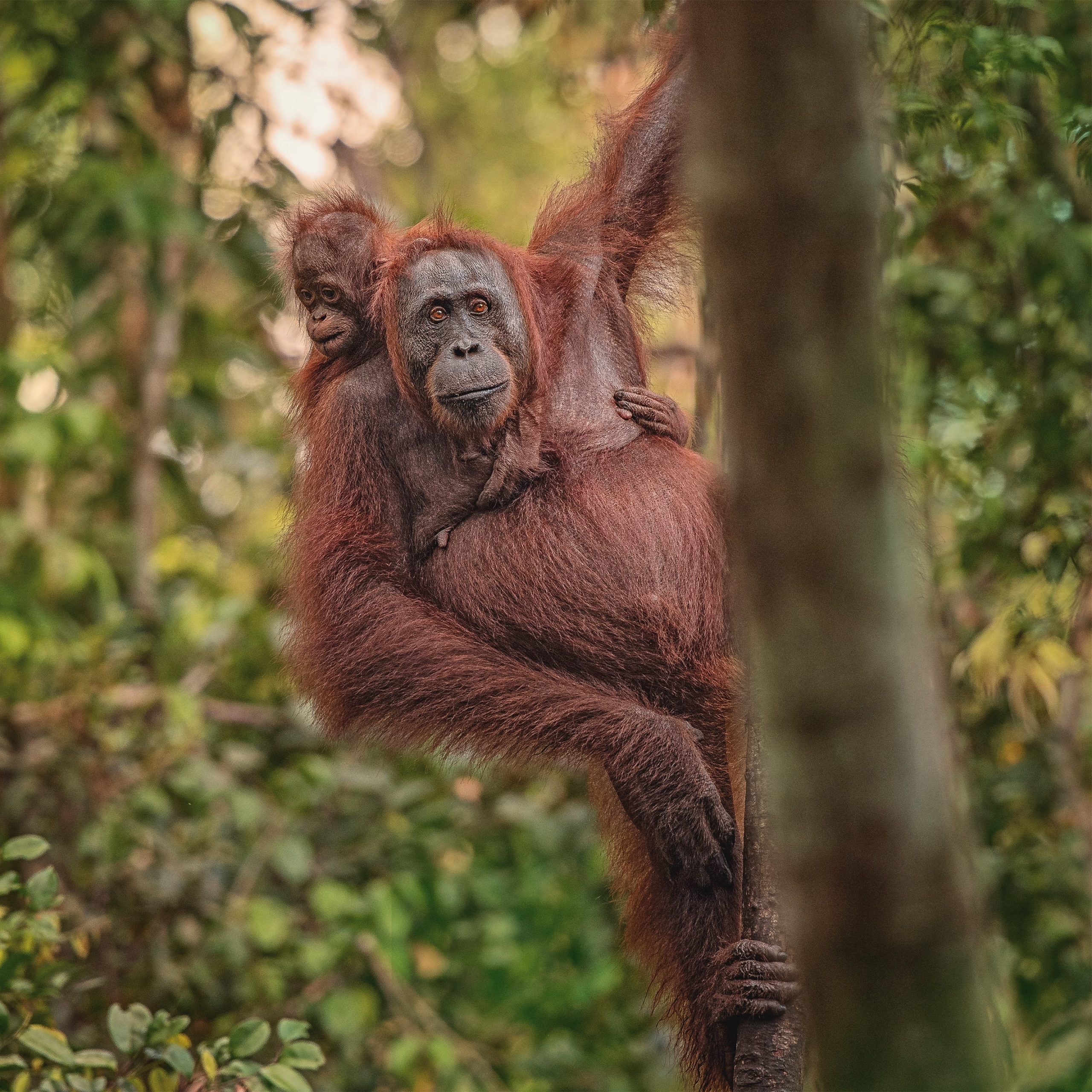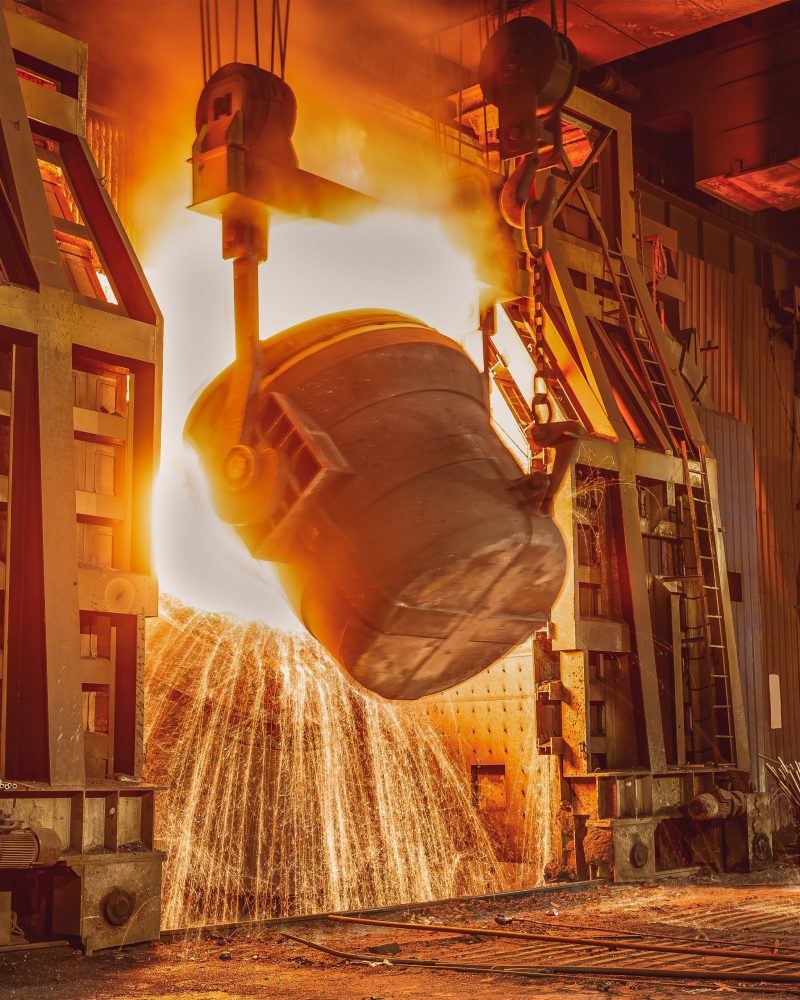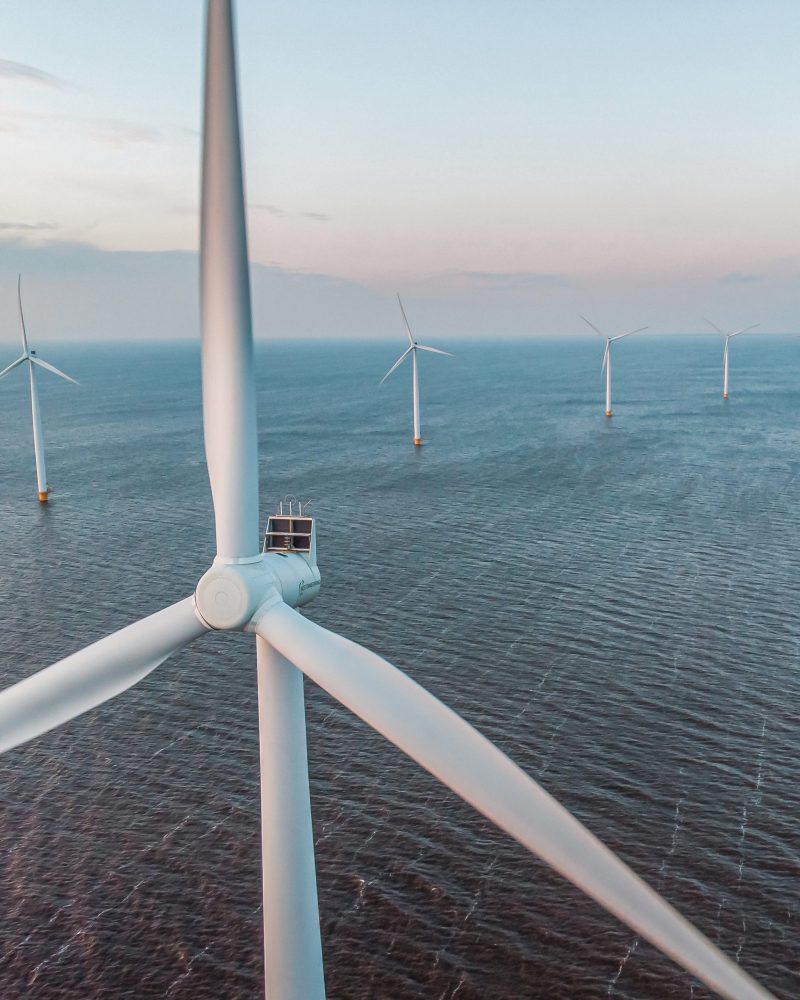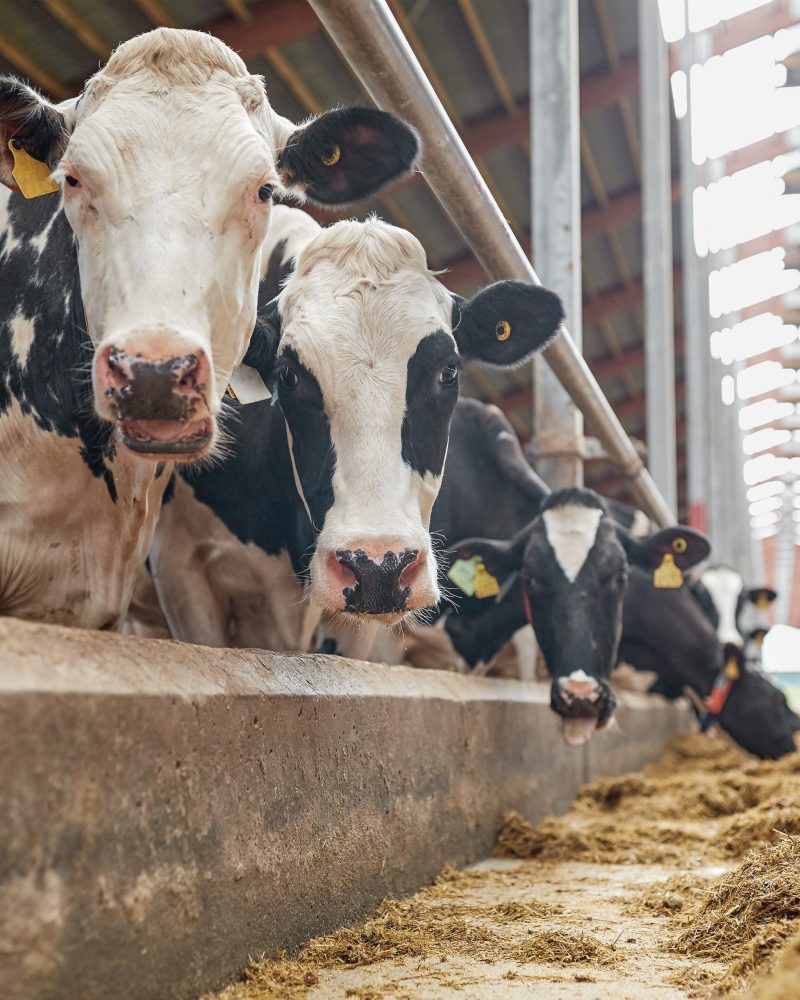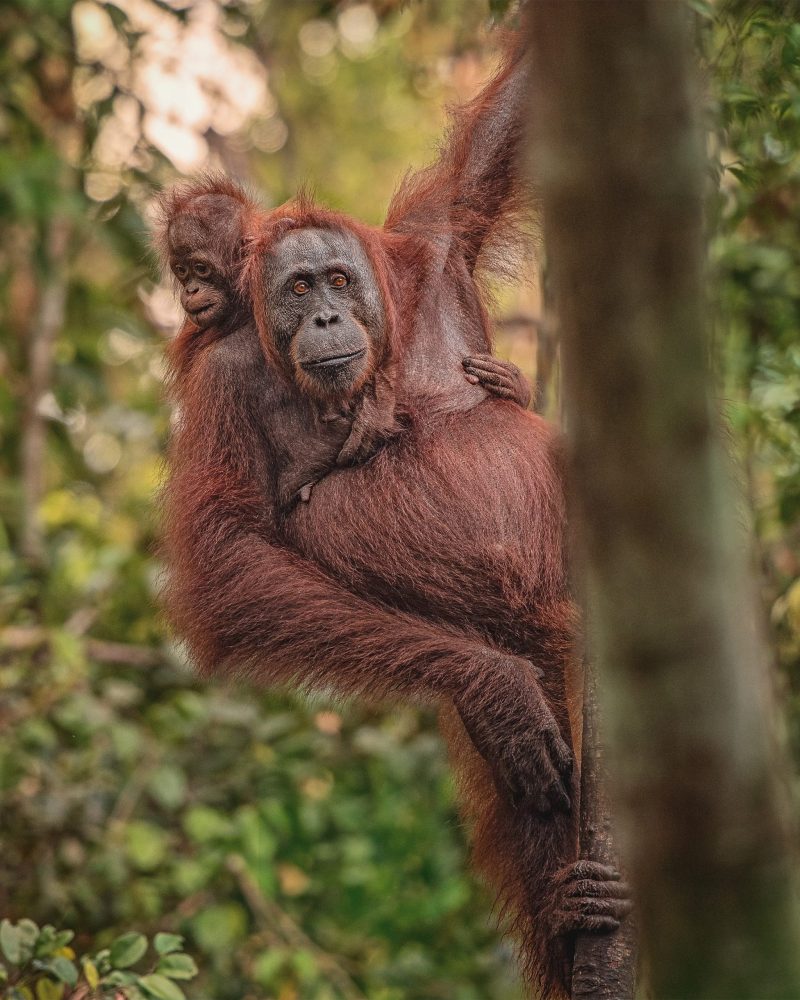Biodiversity isn’t just a ‘nice to have’. Healthy, diverse ecosystems ensure that the planet has clean water, a breathable atmosphere, a liveable climate, and land that can provide food. They also act as carbon sinks, and play a key role in mitigating man-made greenhouse gas emissions. Put simply, protecting the wide variety of life on Earth is essential to the continued survival of the human species.
The vast majority of the world’s scientists agree that the Earth is currently losing biodiversity at such a rapid rate that it’s classed as a “mass extinction” event. Previous mass extinctions include the asteroid that killed off the dinosaurs, and the Permian-Triassic Extinction known as The Great Dying – a change so extreme it wiped out 95 percent of the marine species, and 70 percent of land based species on Earth. Estimates suggest that the current rate of extinction is around 1,000 times higher than it would be if humans weren’t around.
Every year over the last century we lost the same number of species typically lost in 100 years.
Professor Gerardo Ceballos
Ecologist and expert on extinction rates
A symptom and a cause
The sixth mass extinction and the global decline in biodiversity is both a symptom and a cause of climate change. Biodiversity is a key indicator of the health of any ecosystem, and as the planet warms the destructive effect on ecosystems will become increasingly severe. According to the landmark special report published by the IPCC in 2018, for example, keeping global average temperature rises to 1.5°C as opposed to 2°C will make a real difference to biodiversity.
The destruction of biodiverse ecosystems can also cause further climate change too, as carbon contained in the soil, plants and animals is released into the atmosphere. Combatting biodiversity loss is therefore a vital part of the fight to lower greenhouse gas emissions worldwide.
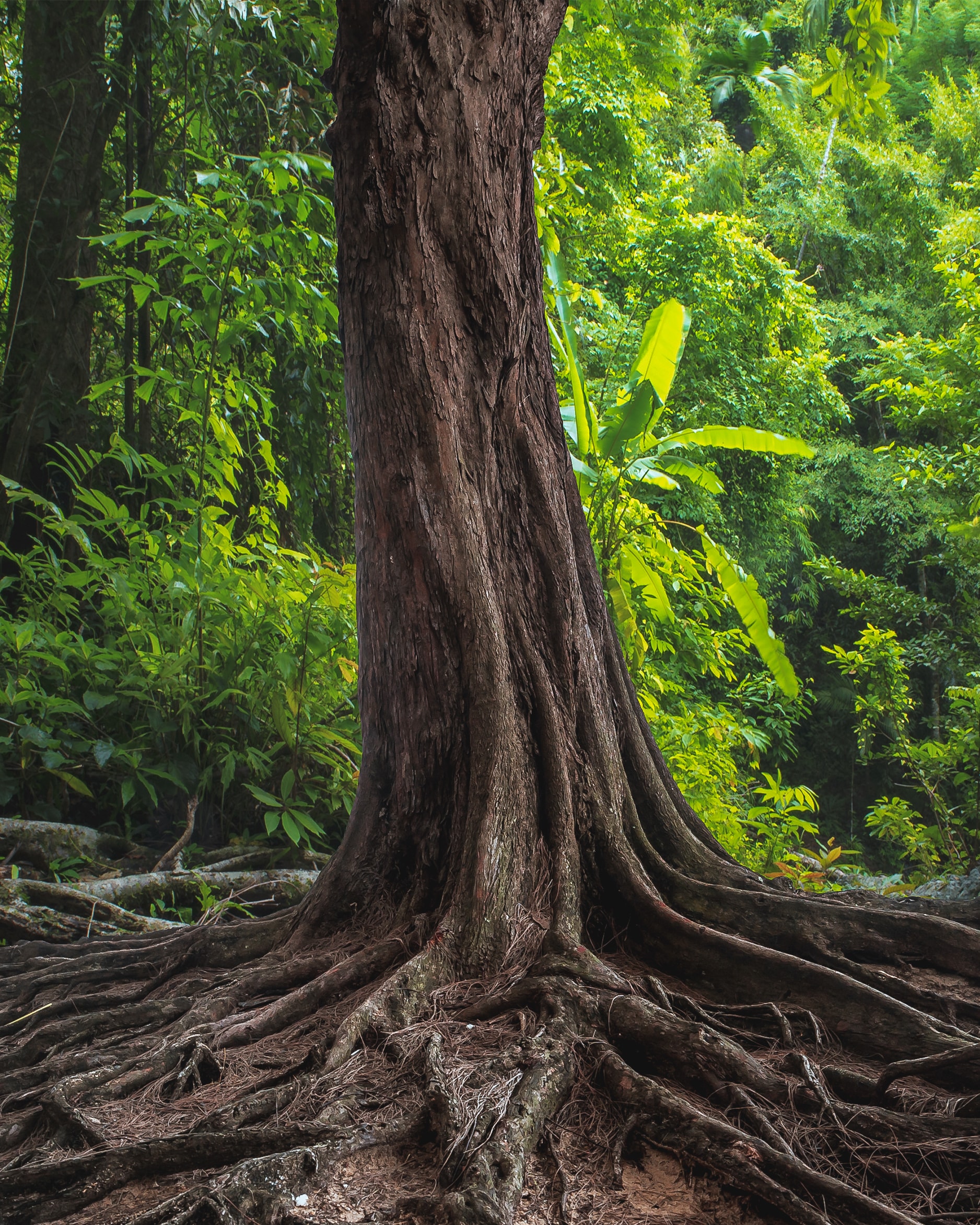
Not all forests are created equal
While preserving biodiversity everywhere is key to combating climate change, some areas of the planet, like tropical rainforests for example, are exceptionally biodiverse. The destruction of these areas can have a disproportionate effect on the biodiversity of the planet as a whole. Tropical rainforests also serve as some of the planet’s most efficient carbon sinks, storing almost twice as much carbon per hectare as temperate forests. Their destruction releases disproportionate amounts of carbon into the atmosphere.
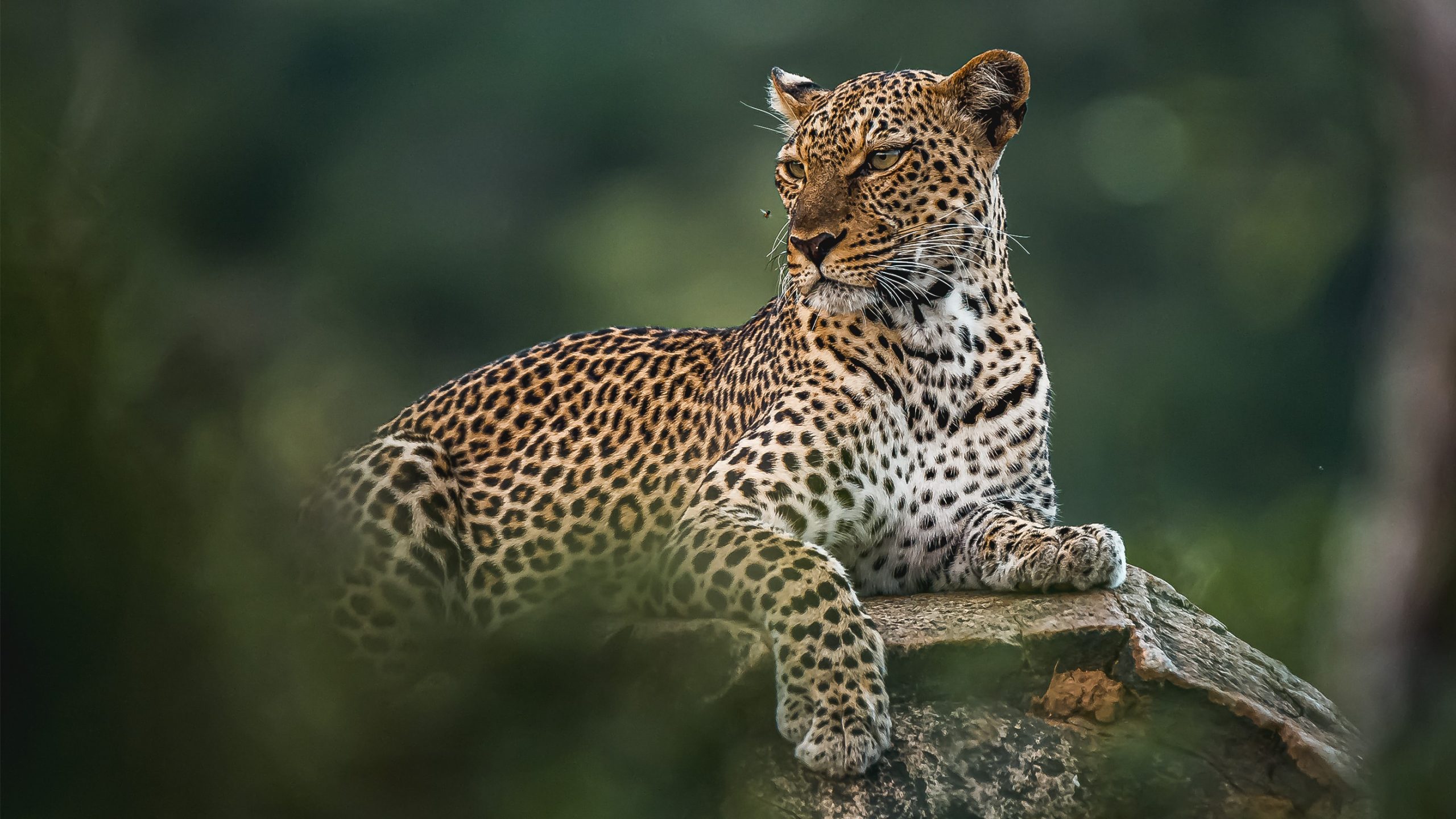
The health of all species depends on the health of our planet as a whole
The health of all species depends on the health of our planet as a whole
Preserving biodiversity and protecting the world’s most effective carbon sinks is one of the key climate justice issues. It’s not enough for those living in wealthy countries where biodiversity and forests have been destroyed over hundreds of years, to demand that rainforests remain intact. The communities who live in and around tropical forests need to be provided with economic incentives to ensure their continued existence.
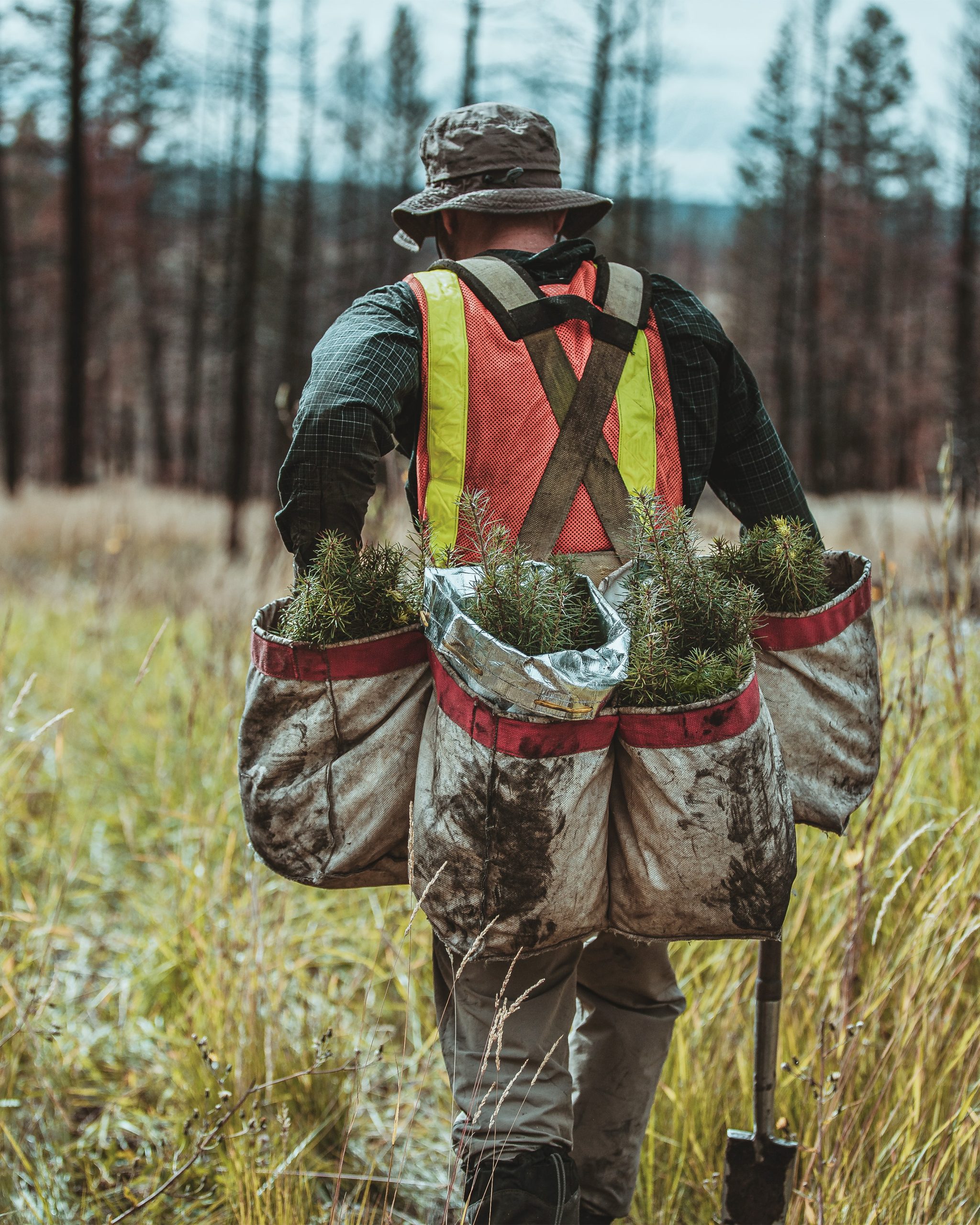
What about planting more trees?
Trees are often touted as a cheap, efficient and natural way to capture carbon dioxide from the atmosphere, and as a rule, planting more trees won’t do any harm. However, when it comes to keeping carbon out of the atmosphere, planting new forests is no substitute for preserving existing ones. Nor will planting trees work as a substitute for pursuing decarbonisation elsewhere.
In his recent book, How to Avoid a Climate Disaster, Bill Gates calculated that to absorb the lifetime emissions of the current population of the United States alone, you’d need to cover half the world’s landmass in forest, and maintain those forests forever.
